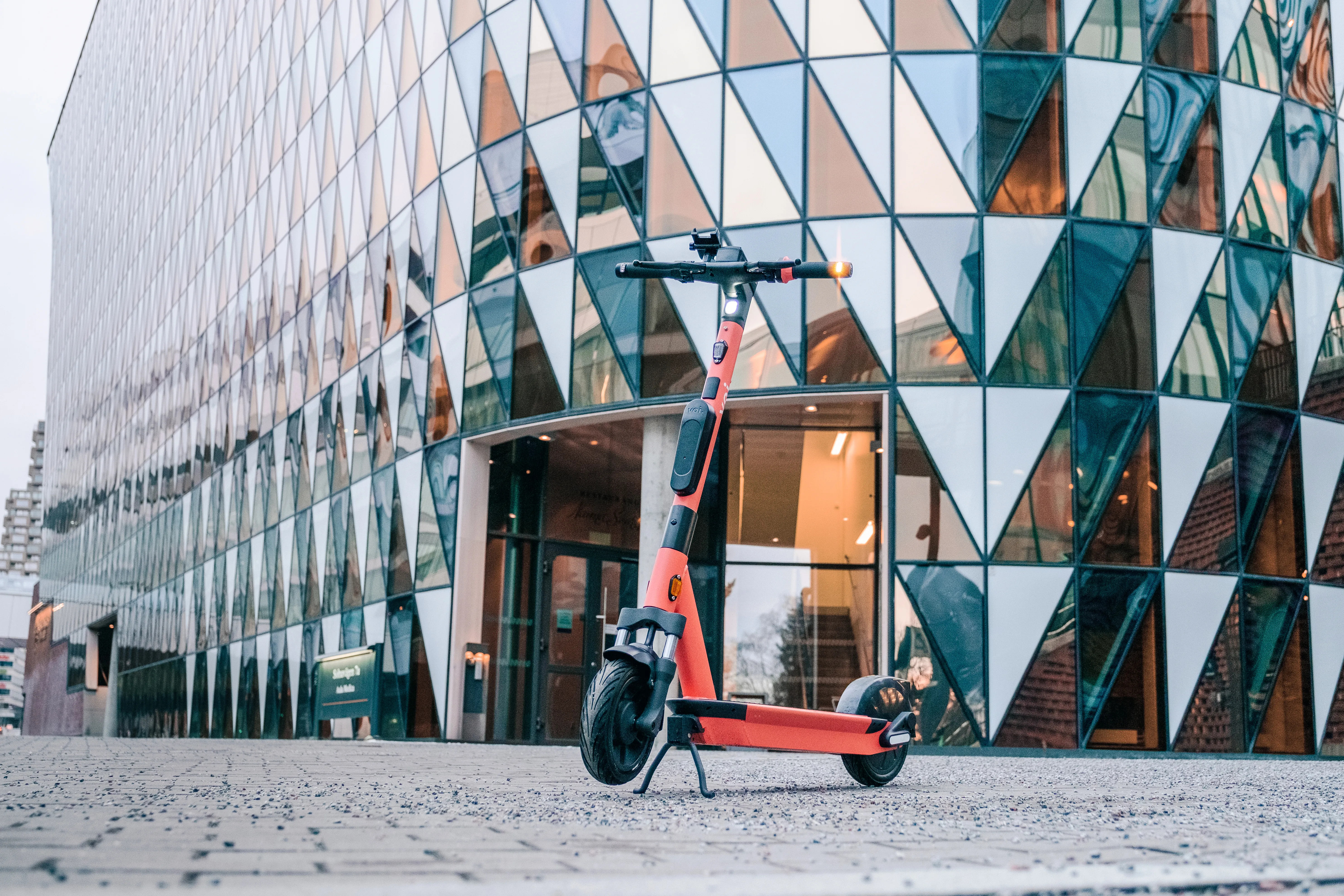Volvo has developed a bespoke autonomous refuse collecting vehicle designed to minimise the need for the driver to climb in and out of the cab when collecting the bins for emptying into the body. Having driven the route to program the stopping points, on subsequent visits the driver can simply press a button on the side of the vehicle to initiate the vehicle moving to the next position – either forward or backwards. The appropriate gear is engaged and the park brake released automatically until the move is
May 17, 2017
Read time: 2 mins
Having driven the route to program the stopping points, on subsequent visits the driver can simply press a button on the side of the vehicle to initiate the vehicle moving to the next position – either forward or backwards. The appropriate gear is engaged and the park brake released automatically until the move is completed and then the process is reversed, leaving the driver outside the cab and able to ensure there is nothing in the vehicle’s path.
If the sensors detect something in the way, the vehicle will stop until the driver either moves the obstacle, prompts the vehicle to drive around the item and return to its original path, or takes manual control. A strip of blue LED indicates the vehicle is in autonomous mode and a green light indicates when the park brake is engaged.
During a demonstration, the vehicle travelled in the reverse direction as it was fitted with a rear loading body and this allowed the driver to remain towards the rear of the vehicle instead of having to go to the front during each move to check the path is clear.










